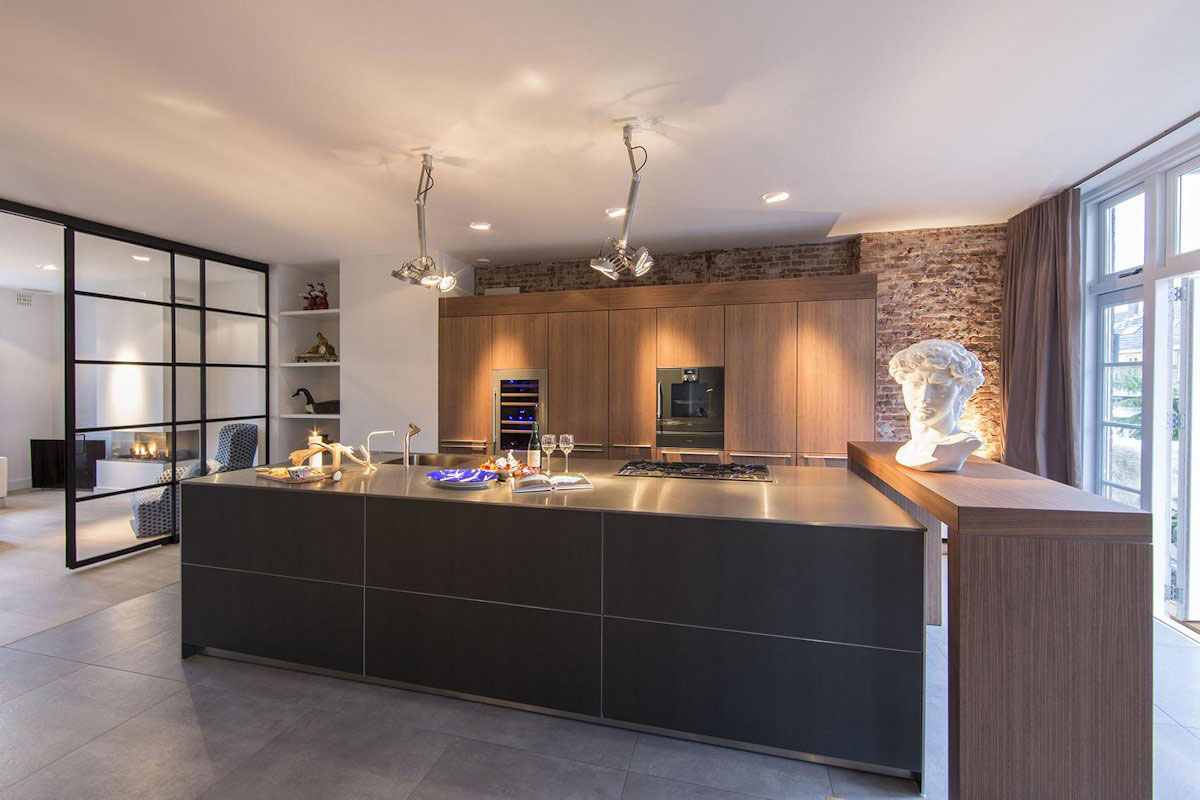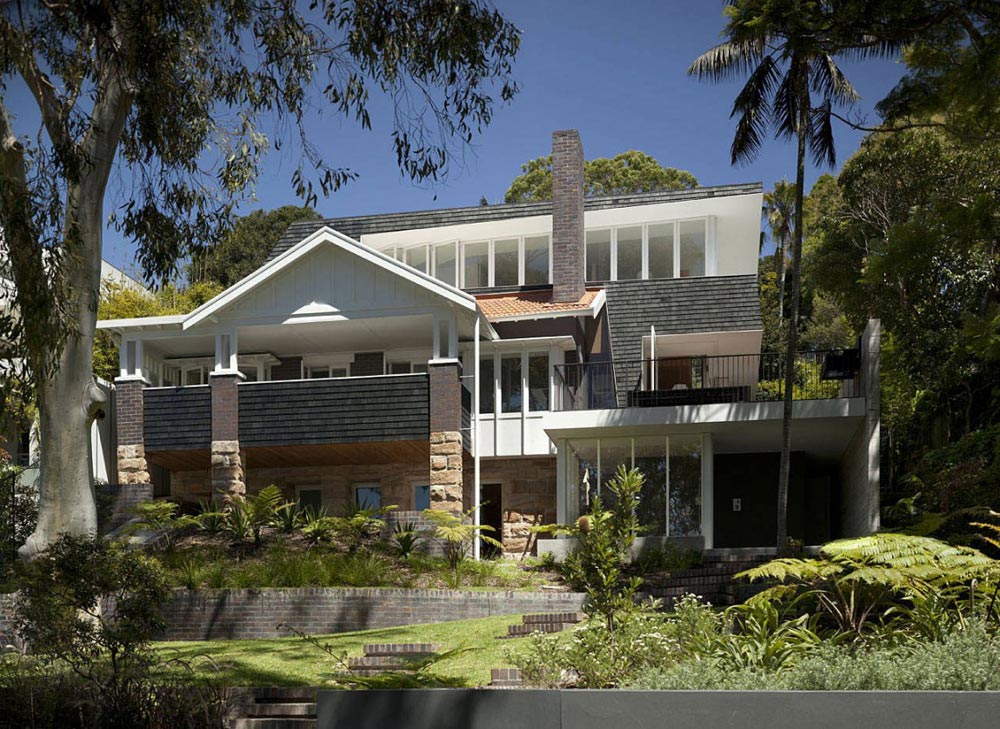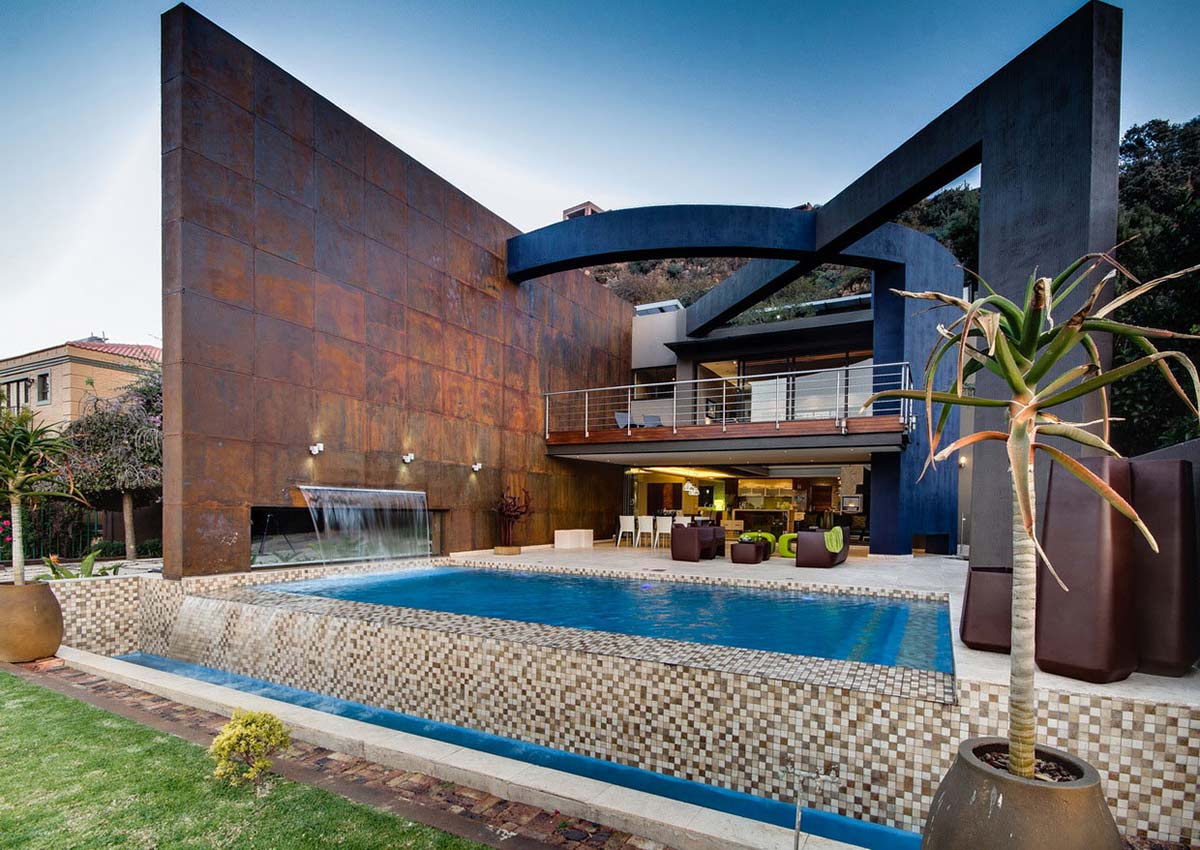Inspired by a Passion for Sailing: Rest House in Victoria, Australia
The Rest House was completed by Tim Spicer Architects and Col Bandy Architects. This house was designed for an active retiring couple who have a passion for sailing, the butterfly roof mimics a boat’s hull.
The Rest House is located by the sea on the Mornington Peninsula in Victoria, Australia.
The Rest House by Tim Spicer Architects and Col Bandy Architects:
“The Rest House in Flinders is the result of a long-standing friendship between the clients and architects. Their shared love of sailing and the Australian coastline inspired the form of this house situated by the sea. Its butterfly roof mimics a boat’s hull, its angled walls protecting the garden from the prevailing southerly winds that whip off Bass Strait. The building and landscape have been designed to seamlessly integrate, utilizing the slope of the land, the surrounding vegetation and views of the valley and ocean.
Designed for an active retiring couple, the first floor contains a large kitchen, dining and living area and, at its easterly end, spills onto an entertaining terrace and garden at the rear of the block. At the west end of the house, the living room opens up onto a large cantilevered deck, enclosed by stainless-steel mesh, which provides a protected vantage point overlooking the valley below. Natural light floods the large glazed walls, whilst sliding doors to the north, east and west connect the internal spaces with the surrounding garden and bush vistas.
A discreet passage connects the main living space to the master bedroom and en-suite, which provide views over the terraced garden and across the coastal landscape towards the ocean. The fall of the site gives way to the ground floor below which contains two guest bedrooms, wet areas and a lock-up garage. A large water tank has been integrated into the design to form the base of the terrace above.
The house materials respond to the salty coastal location – concrete, glass, corten and galvanized steel – selected for their inherent durability. The design is purposefully detailed to accentuate the materials’ true characteristics and structural connections.”
Comments






























